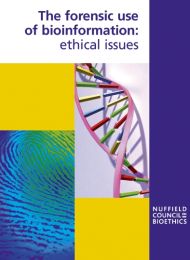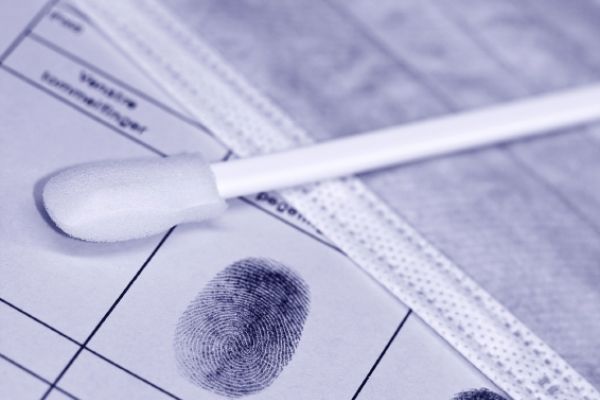The forensic use of bioinformation: ethical issues
Report
Published 19/09/2007

Scientific reliability of DNA evidence
The science of DNA profiling is generally very reliable, and a match between a complete crime scene profile and a profile on the National DNA Database provides very powerful evidence that a person was present at a crime scene (although this does not prove their guilt or innocence). However, problems can occur with the interpretation of evidence from mixed samples and partial profiles, and with contamination.
- Mixed samples contain DNA from more than one person and always require interpretation by a forensic expert.
- Partial profiles, derived from very small or degraded samples, are less reliable than complete profiles. They require much more skill in interpretation.
- Contamination can occur when samples come into contact with other DNA, for example from the police or laboratory staff. This can only be avoided by meticulous control of every aspect of sample collection and processing.
All these problems are particularly likely when the crime scene sample contains only minuscule amounts of DNA (Low Copy Number, or LCN), requiring a special procedure to generate a profile. It is important for people considering DNA evidence in court to be aware of these potential problems.

Share